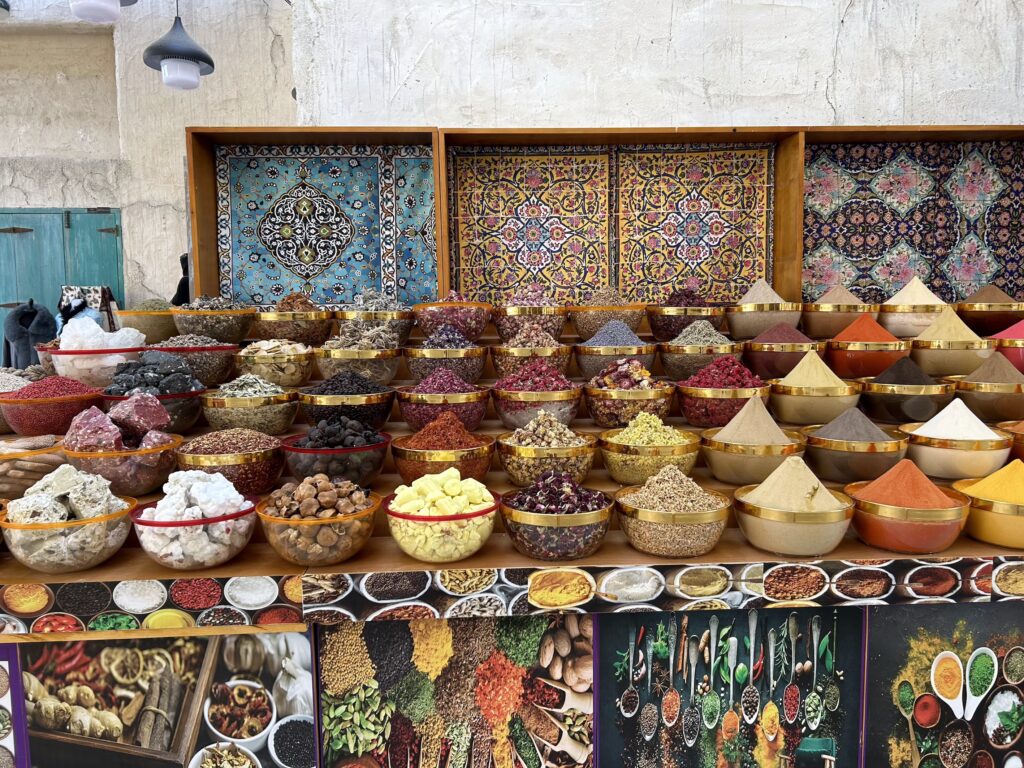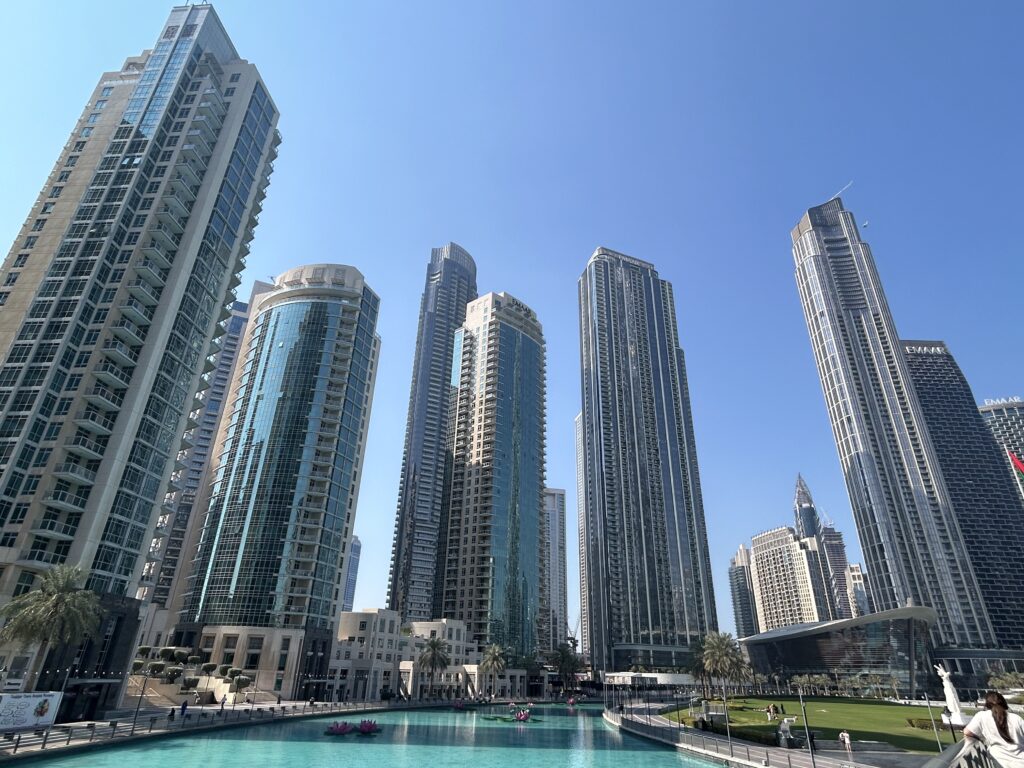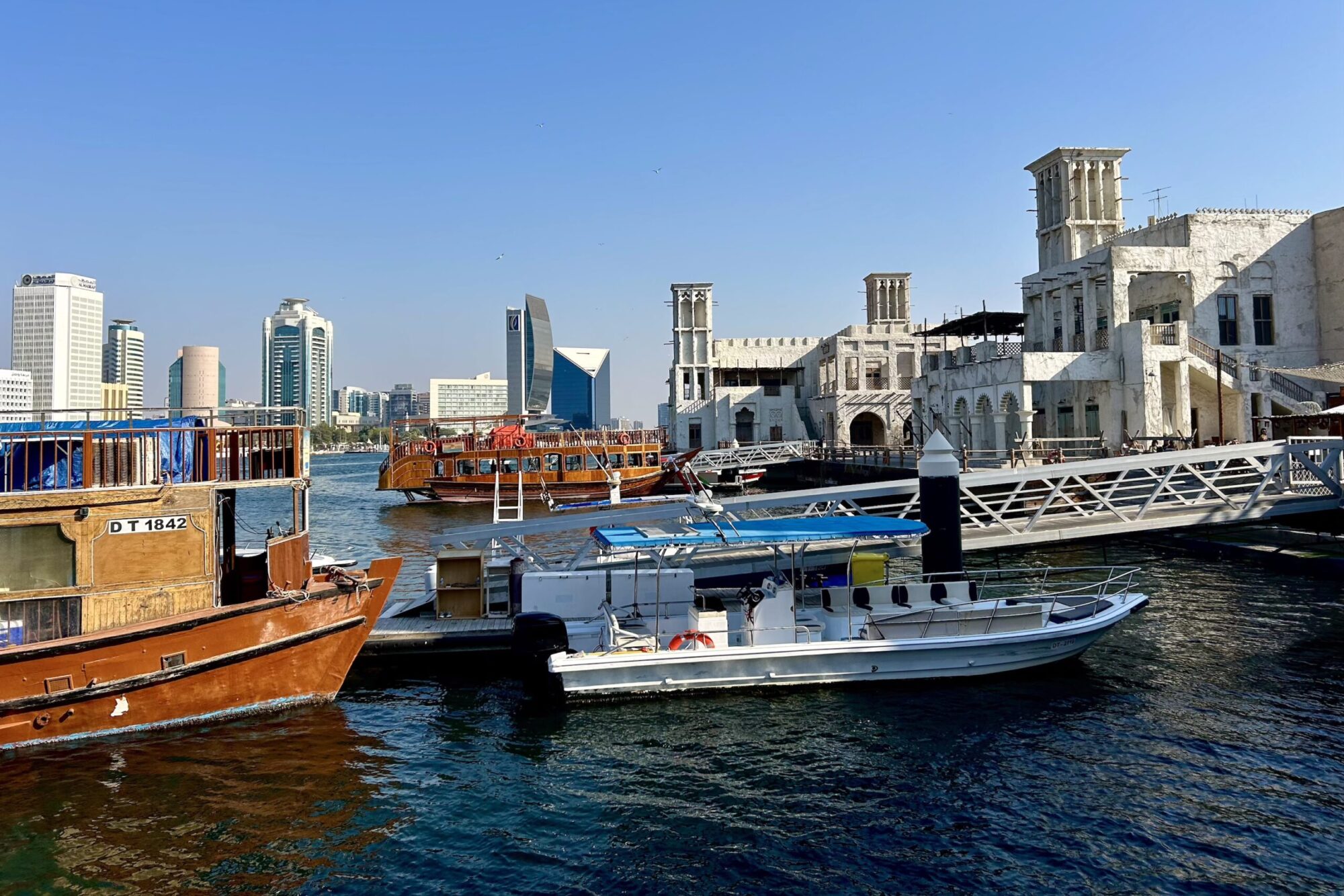As poverty continues to rise globally, with approximately 3.5 billion people – 44% of the global population – live on less than $6.85 per day and nearly 700 million people – 8.5% of the global population – in extreme poverty with less than $2.15 per day in 2024 [World Bank], it’s no surprise that many people are leaving their home countries in search of better opportunities and higher-paying jobs abroad. Among the nations that attract the most foreign workers are the Emirates, known for their rapidly growing economy, modern infrastructure, and high living standards.
According to Statista, between 2010 and 2015, the net number of migrants that chose the UAE as their new home was approximately 270,000 annually. Among the 11.3 million people currently living in the country [Worldometers], about 88% are expatriates, with estimates ranging from an incredible 9.9 million to 10 million. To this day, the Emirates continue to attract a diverse range of expatriates, with the largest communities originating from countries such as India, Pakistan, Bangladesh, the Philippines, and Egypt.
The Emirates for a brighter future
When the Emirates where born, Sheikh Zayed bin Sultan Al Nahyan started a project that gained him the nickname of “CEO” of the country. The vision to create the country that united the seven emirates – Abu Dhabi, Dubai, Sharjah, Ajman, Fujairah, Umm Al-Quwain, and Ras Al Khaimah – into one nation in 1971 was nothing short of extraordinary from the very beginning: a state emerging from the barren desert, where palaces rose from the sands and streets linked destinations that had yet to be dreamed of.
From the moment the UAE was founded in 1971, the UAE’s urban landscapes have become icons of architectural brilliance drawing inspiration from both traditional Arabian design and modern international architecture. The transformation began with the creation of world-class infrastructure, including airports, roads, and ports, linking the emirates and connecting them to the rest of the world. In a matter of decades, cities like Dubai and Abu Dhabi have flourished into global hubs for commerce, tourism, and technological innovation, with the creation of some of the most iconic architectural designs ever with the Burj Khalifa, the tallest building in the world, and the Palm Jumeirah.
The UAE’s development also extended to world-class institutions in healthcare, education, and business, with a unique economic success largely driven by oil wealth but also diversified into sectors such as finance, real estate, and technology.
In this context, many expats reached the Emirates, in particular, though not exclusively, Dubai and Abu Dhabi, in search of a fresh start.
Deira: Dubai’s melting pot of cultures and nationalities

Behind the towering skyscrapers and vibrant energy of modern Dubai lies one of the most historically significant areas of the entire country. Deira, where old Dubai finds its history, offers a striking contrast to the gleaming metropolis. Here, the iconic wooden fishing boats sway gently along the pier, serving not only as a tourist attraction but also as essential vessels for local fishermen, preserving the traditional livelihoods that have long sustained the region.
Deira is where the story of Dubai began. Here, time feels more tangible, and the city’s rapid evolution is palpably intertwined with its rich history. The bustling markets, the aroma of spices, and the sounds of trade of the Old Village evoke a sense of the past, blending seamlessly with the modernity that defines contemporary Dubai. This vibrant district is a living testament to the country’s origins in a dynamic fusion of old and new.
Neighborhoods like Deira are where a diverse mix of people, especially foreigners, come together, creating an eclectic and lively atmosphere that contrasts with the polished, sometimes surreal and forced, world of downtown Dubai. In fact, the city’s population is now predominantly made up of expatriates, with Emiratis no longer the majority in the urban core. Many have moved to the quieter, more traditional suburbs of Abu Dhabi, where a more refined, chic, and culturally rooted lifestyle prevails. These suburban areas, with their blend of modernity and heritage, offer a different, more intimate side of the Emirates, where the echoes of the past resonate more strongly.
Mukesh: leaving India in search of a fresh start
17 years ago, Mukesh left his hometown of Kannur in southern India and arrived in Dubai, driven by the hope of a better future for himself and his family.
Today, he works as a bus driver in the Emirate, guiding tourists through the city hoping to offer them the chance to see the city with the same bright, enthusiastic eyes he had when he first arrived. Each route he takes allows him to share the wonders of Dubai, just as he once marveled at them himself.
While Mukesh finds peace in his work, he often reflects on the sacrifices he’s made. “The job isn’t extremely complicated,” he says, yet despite the simplicity of his daily routine, there are times when he longs for his family back home. Life in Dubai can be overwhelming, especially when it doesn’t quite feel like home. It is a hard place to be, especially as an expat: the cost of living is high, especially when it comes to housing, and the work culture can be very demanding, often pushing individuals to work long hours with little room for personal life or well-being.
The city, though dazzling and full of opportunity, can feel isolating at times. Sheikh Zayed Road, the lifeline of Dubai’s grand development, is where Mukesh spends much of his time. It’s the place he knows best, yet it’s also the place that feels the loneliest – vast, busy, and unfamiliar, in contrast to the warmth of his hometown in India, where his family and friends are waiting for him to return.

Al Aia: between tradition and modernity
Over 130 chilometres away from the biggest city in the country, on the desert border with Oman stands the little, vibrant city of Al Aia.
Often referred to as the “Garden City of the UAE,” Al Aia is a city in the Emirate of Abu Dhabi, located near the border with Oman. One of the oldest continuously inhabited settlements in the UAE, it holds a rich history that spans thousands of years. Al Ain is known for its lush greenery, traditional culture, and natural beauty, in contrast to the more modern, urbanised cities like Dubai and Abu Dhabi.
Al Aia is home to several UNESCO World Heritage sites, such as the Al Ain Oasis, a vast area of date palm groves fed by ancient falaj irrigation systems. Unlike the vast desert landscapes that dominate much of the UAE, Al Ain is known for its cooler, more temperate climate and natural surroundings, thanks to its location in the foothills of the Jebel Hafeet mountain range. The city has numerous parks, gardens, and green spaces, making it an oasis in the desert.
While being a cultural hub with strong sense of traditional Emirati culture, the city also holds modern amenities including shopping malls, luxury hotels, and contemporary infrastructure as Dubai, but with a more relaxed pace compared to the bustling cities of Dubai or Abu Dhabi.
Anita: vicariously experiencing the world longing for home
Anita is a 52 year old Nepali woman who over a decade ago embarked the journey that aimed at building a better life for herself and her family.
While Nepal’s economy steadily grows, with the International Monetary Fund (IMF) forecasting a 4.9% increase in real GDP for 2025, the UAE’s strong currency presented Anita with an opportunity she could not ignore.
She arrived in Al Ain, where she first worked as a security guard at an upscale restaurant, later transitioning to driving a taxi when the demands of aging called for a gentler pace. Through these roles, Anita proudly created herself a living in a foreign land, yet her heart remained anchored in Nepal.
Al Ain’s slower pace of life offers her a sense of calm that contrasts with the bustling energy of the UAE’s two largest cities. Here, she observes the comings and goings of tourists and locals, listening to their stories and vicariously living her own travel dreams through their experiences. Each conversation brings her one step closer to the day when she will return to Nepal, fulfilling her greatest aspirations.
Anita has many dreams—traveling the world and visiting places like Italy and Spain top her list. But above all, her most cherished dream is to return to Nepal, the land of her childhood. Born and raised in Khatmandu, Anita strongly longs for her home, where not only she built her core memories of her childhood and youth years, but also where her family currently lives and is waiting for her return.

